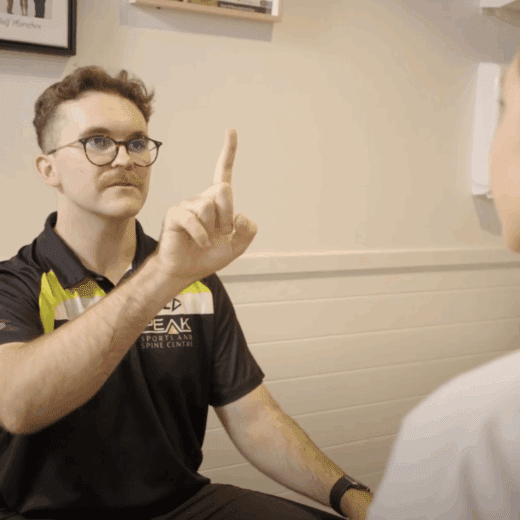
Why Concussion Baseline Testing is Important?
At PEAK, we pride ourselves on being able to get athletes back to the sport as quickly and safely as possible. Concussion is an...
Read more
At its core, a deadlift is the act of lifting an object off the ground from a stationary position—literally a “dead” lift. Performed properly, it engages your posterior chain: glutes, hamstrings, spinal erectors, and even your core. It’s a full-body movement that teaches you to hinge at the hips while keeping a strong, neutral spine—one of the safest and most powerful ways to lift.
The main reasons are:
Deadlifting mimics the biomechanics of lifting anything off the ground—whether that’s groceries or a suitcase. Strengthening the muscles used in this movement can reduce your risk of injury in everyday life. It teaches you proper lifting technique, which is crucial as we age and natural muscle mass and joint stability begin to decline.
One of the less talked about but critically important benefits of deadlifting is its role in improving bone health. Resistance training—especially compound lifts like the deadlift—helps stimulate bone remodeling, increasing bone mineral density. This is vital in preventing osteoporosis and maintaining skeletal strength as we age.
For athletes, the deadlift is a cornerstone of power and explosiveness. It builds the posterior chain—the powerhouse behind sprinting, jumping, and tackling. Incorporating deadlifts into strength and conditioning programs helps improve force production, speed, and injury resilience. It’s no coincidence that nearly every professional sport includes deadlifting as part of their training regimen.

Deadlifts are demanding, both on the nervous system and the muscles, so they should be scheduled thoughtfully:
In powerlifting competitions, the deadlift stands alongside the squat and bench press as one of the “big three” lifts. Why? Because it tests raw strength—how much you can lift off the ground without momentum, using nothing but your own power and proper technique.

It’s a pure and honest measure of strength. Unlike some lifts that rely on technique or speed, the deadlift is about brute force and total-body coordination. In competitive settings, it’s often the final lift, meaning it can be the deciding factor in a meet. That moment when an athlete pulls a barbell packed with plates from the floor is not just dramatic—it’s the culmination of months or years of training.
As a physiotherapist, I can’t stress enough: form is everything. While deadlifts are safe when done correctly, poor technique or overloading can lead to injury, especially to the lower back. Start light, master your form, and seek guidance from a trained professional. Prevention classes run by our friendly physiotherapist are great to help monitor and progress your deadlifts—especially if you’re new to lifting or returning after injury.
Remember: quality always beats quantity. A perfect lift at 60kg is more beneficial than a sloppy 100kg pull.
Deadlifting isn’t just for athletes, gym buffs, or the young. It’s a practical, empowering movement that benefits people of all ages and abilities. Whether you’re training for a competition, building resilience for daily life, or supporting your bone health as you age, the deadlift is one of the most valuable tools in your strength training toolbox.
As always, please reach out to us at PEAK or see one of our physiotherapists before starting any new exercise program. But once you’re cleared, don’t be afraid to grab that barbell and give it a try. Your future self will thank you.

At PEAK, we pride ourselves on being able to get athletes back to the sport as quickly and safely as possible. Concussion is an...
Read more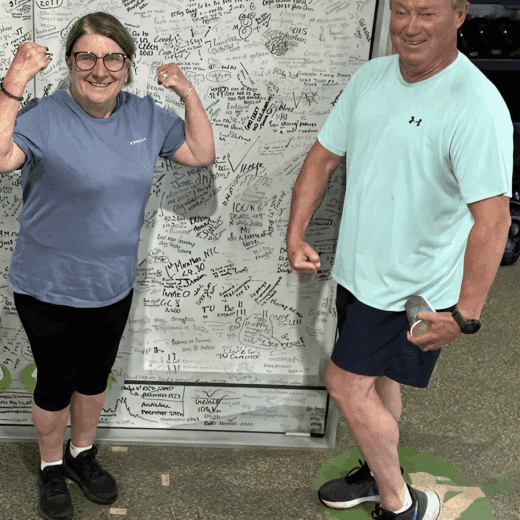
At PEAK Sport and Spine Centre, we see strength in many forms – not just in kilograms lifted or kilometres run, but in resilience,...
Read more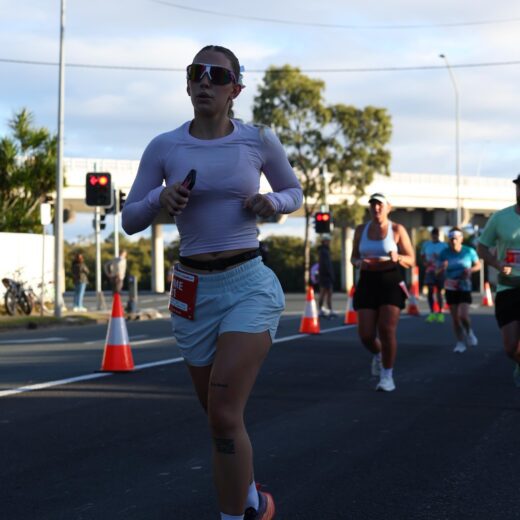
When you have entered either of our arena’s you may have been lucky enough to collide with one of our amazing All Stars, Jaime...
Read more
Running economy refers to how efficiently your body uses energy—specifically, oxygen—while running at a steady speed. Think of it like fuel efficiency in a...
Read more
As autumn’s golden light settles over Bethpage Black, the pro golf world stands electrified. The 2025 Ryder Cup looms ahead, a stage where two...
Read more
When you visit PEAK, you will be introduced to our Dream Big Wall. What began as a small space a number of years ago, has...
Read more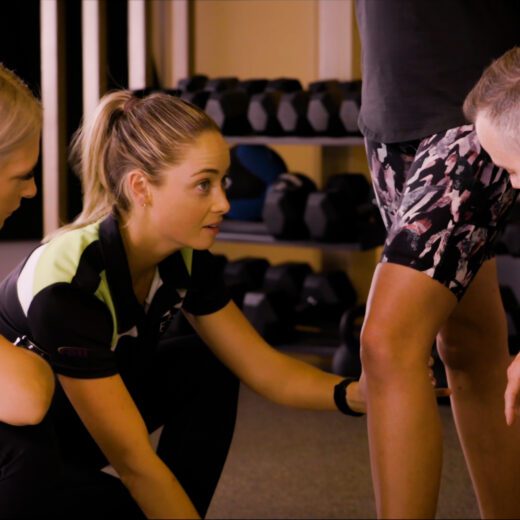
When you walk through the doors at PEAK Sports & Spine Centre, you may notice something a little different about the treatment rooms. Instead...
Read more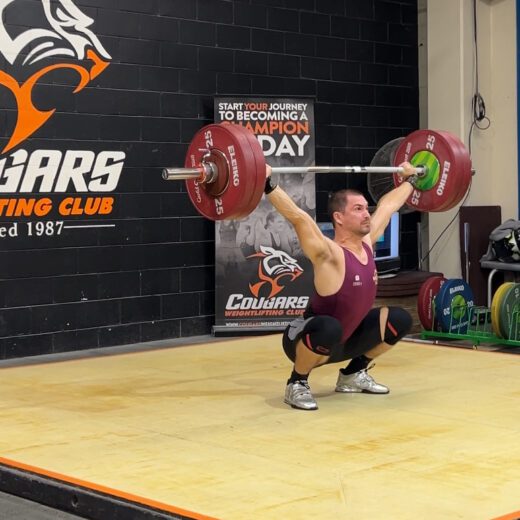
Three years ago, I stepped away from the sport I had given so much to, and that had given so much back. Olympic weightlifting...
Read more
Are you in your 40s or 50s and suddenly finding it harder to lift your arm, reach behind your back, or even sleep comfortably...
Read more
At PEAK, we believe in empowering athletes to reach their full potential. Not just physically, but mentally and emotionally too. And no one embodies...
Read moreNot exactly what you're looking for?
View all articles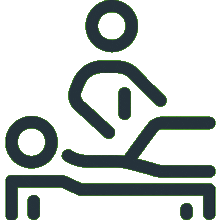
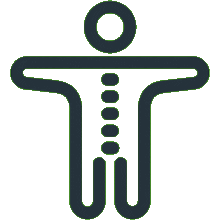
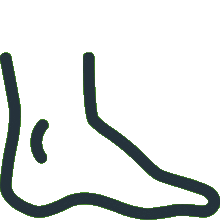
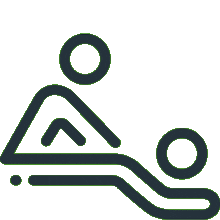

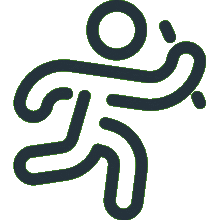
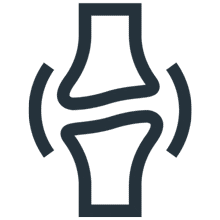
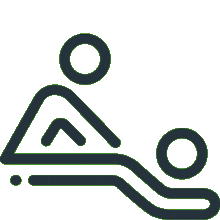


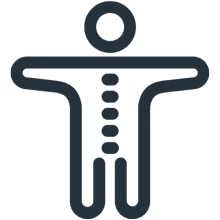
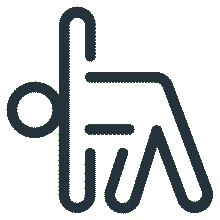

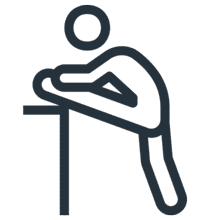




Can't find what you're after?
View all ServicesOr email the PEAK team at info@peakssc.com.au
To make a booking outside of business hours, please use our form by clicking here.
To make a booking outside of business hours, please use our form by clicking here.